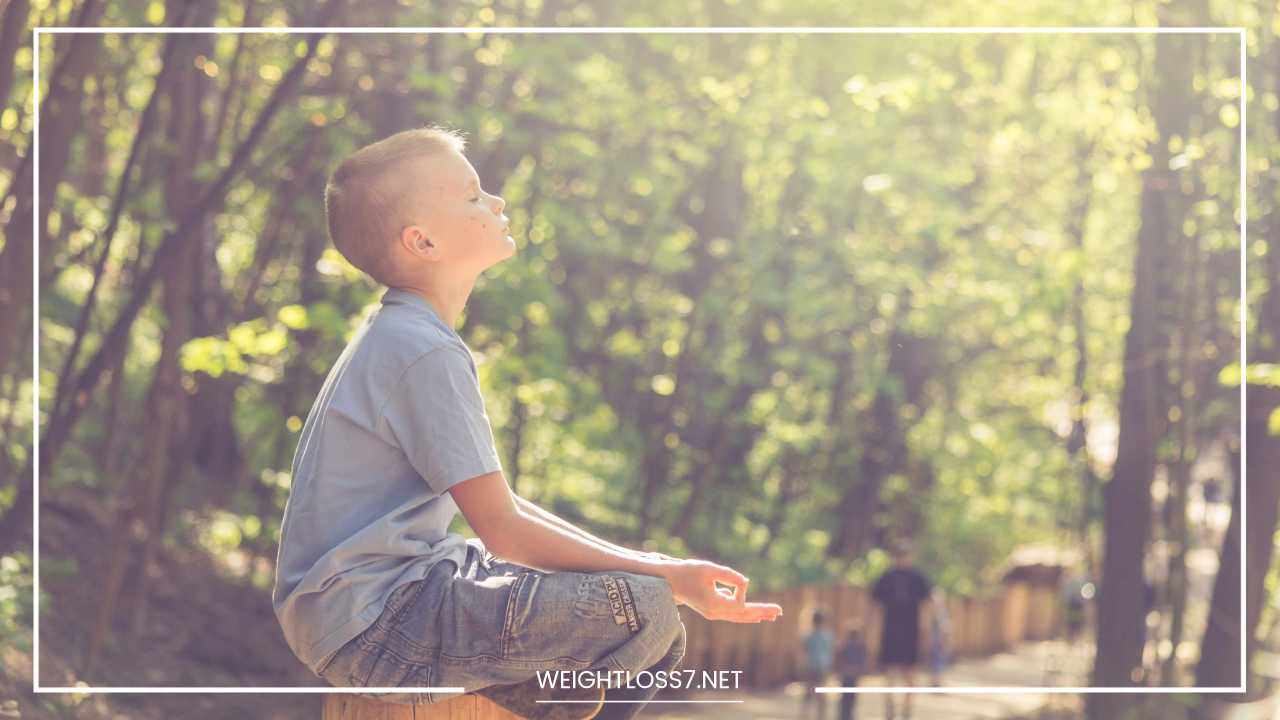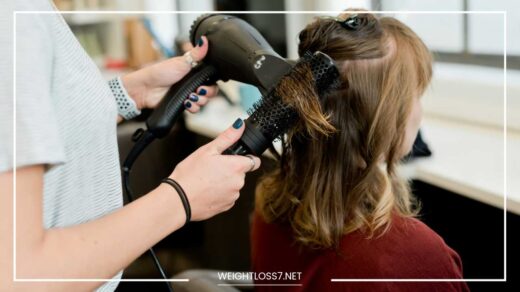Protecting Your Kids From Ultraviolet Rays

UV Protection
Protecting Your Kids From Ultraviolet Rays: Keeping Them Safe in the Sunshine
Sunshine is a vital part of our lives. It nourishes our bodies with vitamin D, boosts our mood, and encourages healthy outdoor play.
But for children, with their delicate skin and developing eyes, sun exposure necessitates a more cautious approach.
Ultraviolet (UV) rays from the sun can cause sunburn, premature aging, and even increase the risk of skin cancer later in life.
The good news is, there are simple and effective ways to protect your children while they’re enjoying the outdoors. This comprehensive blog post equips you with the knowledge and strategies to keep your little ones safe in the sun.
Understanding the Invisible Threat: Ultraviolet Rays (UV)
The sun emits a spectrum of light, including visible light that we can see, and invisible light like ultraviolet (UV) rays. There are two main types of UV rays that reach the Earth’s surface:
- UVB Rays: These are the primary culprits behind sunburns and tanning. They penetrate the outer layer of the skin (epidermis), causing damage to cells and triggering inflammation.
- UVA Rays: These rays penetrate deeper into the skin (dermis), reaching the layer where collagen and elastin reside. This contributes to premature aging, wrinkles, and can suppress the immune system, making the body more susceptible to infections.
Both UVA and UVB rays increase the risk of skin cancer, the most common form of cancer in the United States. Early detection and treatment are crucial for successful outcomes, making sun safety a vital preventive measure.
Why Kids Need Extra Protection
Children’s skin is thinner and more delicate than adults’, making them more susceptible to sunburn and UV damage. The outer layer of their skin (epidermis) is thinner, offering less natural protection against UV rays.
Additionally, their melanin production, which helps shield skin from sun damage, is still developing. This exposes them to a higher risk of sunburn and deeper UV penetration.
Furthermore, children’s eyes are also more vulnerable to UV-related problems. The lens in a child’s eye allows more UV rays to reach the retina compared to an adult’s eye.
This can increase the risk of cataracts, a clouding of the lens that can impair vision, and other eye problems later in life.
Another factor to consider is that kids tend to spend more time outdoors compared to adults. Whether it’s playing in the backyard, participating in sports, or going on adventures, their exposure to UV rays can be significant.
Additionally, children often don’t understand the dangers of sun exposure. They might not be aware of the burning sensation or recognize the early signs of sunburn until it’s too late.
This is where parents and caregivers play a crucial role in instilling sun safety habits and protecting their children’s health.
Sun Safety Strategies: A Multi-Layered Approach
Here’s a comprehensive look at key strategies to create a layered defense for your kids while they enjoy the outdoors:
Sunscreen: The First Line of Defense
- Broad Spectrum is Best: Look for a sunscreen labeled “broad spectrum” to ensure protection against both UVA and UVB rays. Don’t be fooled by misleading labels like “UVA protection” or “tanning with protection.” These products may only shield against UVB rays and can provide a false sense of security.
- SPF Matters, but Choose Wisely: While Sun Protection Factor (SPF) indicates a sunscreen’s ability to block UVB rays, it doesn’t tell the whole story. Choose a sunscreen with an SPF of 30 or higher for everyday use. For extended sun exposure or activities like swimming, consider SPF 50+. However, it’s important to remember that higher SPF doesn’t necessarily mean double the protection. SPF 30 blocks about 97% of UVB rays, while SPF 50 blocks about 98%.
- Application is Key: Apply sunscreen generously to all exposed skin 15 minutes before going outdoors. Don’t forget areas like the ears, nose, lips, tops of feet, and the back of the neck. Use the “teaspoon rule” for easier application: one teaspoon for the face and neck, one teaspoon for each arm, one teaspoon for the chest and abdomen, and one teaspoon for each leg.
- Reapplication is Crucial: Sunscreen breaks down over time due to sweat, water, and even towel drying. Reapply sunscreen every two hours, or more often if sweating or swimming.
- Water Resistance for Active Kids: For swimming or activities that involve water, choose a water-resistant sunscreen with the label “water resistant” (40 minutes) or “very water resistant” (80 minutes). However, remember, no sunscreen is completely waterproof. Reapply after swimming or excessive sweating, and always towel dry without rubbing.
Seek Shade: Finding Refuge From the Sun’s Rays
Sun exposure doesn’t have to be all or nothing. Here are ways to incorporate shade into your child’s outdoor time:
- Plan Activities for Lower-Risk Times: Schedule outdoor activities for early morning or late afternoon when the sun’s rays are weaker. This reduces the overall UV exposure your child receives.
- Embrace the Power of Natural Shade: Look for natural shade from trees, large bushes, or overhangs. These provide a cool, refreshing refuge during peak sun hours.
- Bring Your Own Shade: Invest in a portable pop-up tent or umbrella to create shade on the go. This is especially helpful for picnics, sporting events, or spending time at the beach.
Protective Clothing: A Physical Barrier Against UV Rays
Clothing can be a powerful tool in your sun safety arsenal. Here’s how to choose sun-protective clothing for your kids:
- Fabric Matters: Opt for loose-fitting, long-sleeved shirts and pants made from tightly woven fabrics like cotton or linen. These fabrics offer a physical barrier against UV rays, reducing their penetration to the skin.
- UPF Rating for Added Protection: Look for clothing with a UPF (Ultraviolet Protection Factor) rating. Similar to SPF for sunscreen, UPF indicates how effectively the fabric shields against UV rays. A UPF of 50+ blocks over 98% of UV rays, offering excellent sun protection.
- Hats: A Must-Have Accessory Wide-brimmed hats that shade the face, neck, and ears are essential for sun safety. Choose hats with a brim of at least 2-3 inches for optimal protection. Opt for breathable materials like straw or cotton to keep your child cool.
Sunglasses: Shielding Precious Eyes
The delicate eyes of children require special protection from UV rays. Here’s how to choose the right sunglasses:
- UV Protection is Paramount: Look for sunglasses labeled with “UV protection” or “meets ANSI Z80.3” standards. These ensure the sunglasses block at least 99% of UVA and UVB rays.
- Fit Matters: Choose a well-fitting pair that covers the eyes completely. Consider a wraparound style for extra protection, especially for active children who might be playing sports or running around.
- Size Matters: Ensure the sunglasses fit your child’s face comfortably. They shouldn’t be too loose or slip off easily. Look for children’s sized sunglasses with adjustable frames for a perfect fit.
Sun Safety Education: Empowering Your Child
Sun safety is a lifelong habit. Here’s how to educate your child about the importance of sun protection:
- Start Early: Talk to your children about sun safety from a young age. Use simple language they can understand and explain the dangers of too much sun.
- Make it Fun: Incorporate sun safety into playtime. Sing songs about sunscreen application, have a “dress-up-for-the-sun” day with sun-protective clothing, or create a fun story about the sun’s rays.
- Be a Role Model: Set a good example by practicing sun safety yourself. Apply sunscreen, wear sunglasses and hats, and seek shade when outdoors with your children.
- Empower Them: Teach your children to recognize the signs of sunburn and to let you know if they feel uncomfortable in the sun. Encourage them to participate in sun safety practices like applying sunscreen or choosing a shady spot to play.
Additional Tips for a Comprehensive Approach
Here are some additional tips to round out your sun safety strategy:
- Be Aware of the UV Index: The UV index is a daily forecast that indicates the strength of the sun’s UV rays. Higher UV index values mean a greater risk of sunburn. On days with a high UV index, take extra precautions like staying in the shade or limiting outdoor time. You can find the UV index for your location through weather apps or websites.
- Hydration is Key: Ensure your children drink plenty of fluids throughout the day, especially during sun exposure. Dehydration can worsen sunburn and make your child feel unwell.
- Sun-Sensitive Medications: Some medications can increase sun sensitivity. Talk to your child’s doctor if they take any medications and inquire about potential sun sensitivity.
- Lip Balm with SPF: Don’t forget to protect their lips! Choose a lip balm with SPF 30 or higher to prevent sunburn and dryness.
- Sun Safety Gear for Babies: For babies under 6 months old, the safest approach is to keep them out of direct sunlight. Dress them in cool, protective clothing with a UPF rating of 50+ and use a stroller shade along with a breathable mesh canopy for proper ventilation.
Beyond the Beach: Sun Safety for Everyday Activities
Sun safety isn’t just about beach vacations or poolside fun. Here are some tips for incorporating sun protection into your child’s daily routine:
- The Walk to School: Plan the walking route to school to maximize shade, especially during peak sun hours. If shade isn’t available, ensure your child wears sun-protective clothing and a hat.
- The Playground: Look for playgrounds with built-in shade structures or large trees. Encourage your child to play in shaded areas whenever possible. Bring an umbrella or pop-up tent for additional shade during extended playtime.
- Sports and Outdoor Activities: Sunscreen, hats, and sunglasses are essential for all outdoor sports and activities. Schedule practices and games for cooler times of the day if possible. Choose breathable, moisture-wicking clothing for active children to keep them cool and comfortable.
- The Car Ride: The sun’s rays can penetrate car windows, so use window shades to protect your child from UV exposure while traveling. Consider applying sunscreen to exposed skin, especially for long car rides.
Sun Safety Fun: Making Sun Protection Enjoyable for Kids
Sun safety doesn’t have to be a chore. Here are some ways to make it fun and engaging for children:
- Sunscreen Scavenger Hunt: Turn applying sunscreen into a game. Hide small toys around the house and have your child find them while you apply sunscreen to the exposed areas they discover.
- Sunglasses Fashion Show: Let your child pick out their favorite sunglasses and have a pretend fashion show. Discuss the importance of UV protection while they strut their stuff.
- Shade Story Time: Find children’s books about sun safety and read them together. Create a story time routine in a shady spot outdoors to make it an enjoyable experience.
- DIY Sun Hats: Get creative and decorate plain hats with fabric paints, markers, or stickers. This personalizes their sun protection gear and makes them more likely to wear it.
Final Word: Building a Lifetime of Sun Safety Habits
By incorporating these sun safety strategies into your child’s life, you’re not just protecting them from sunburn today, but also reducing their risk of skin cancer and premature aging later in life.
Sun safety is a lifelong habit, and by setting a good example and teaching your children the importance of sun protection, you’re empowering them to take care of their health and enjoy the outdoors safely and responsibly.
Remember, sun safety is a team effort. Talk to your child’s doctor about any concerns you have and work together to create a sun safety plan that fits your child’s needs and lifestyle.
With a little planning and some fun activities, you can ensure your children enjoy the sunshine safely, creating happy memories that will last a lifetime.

















